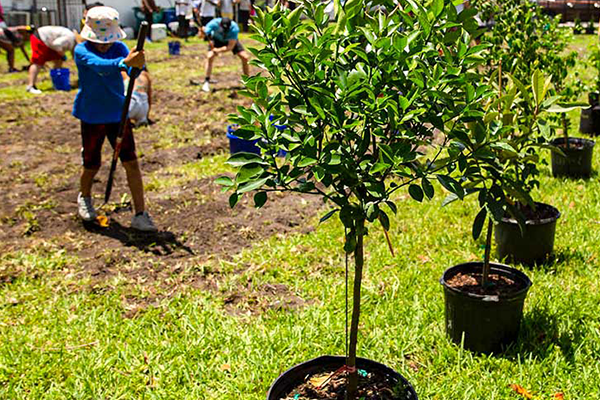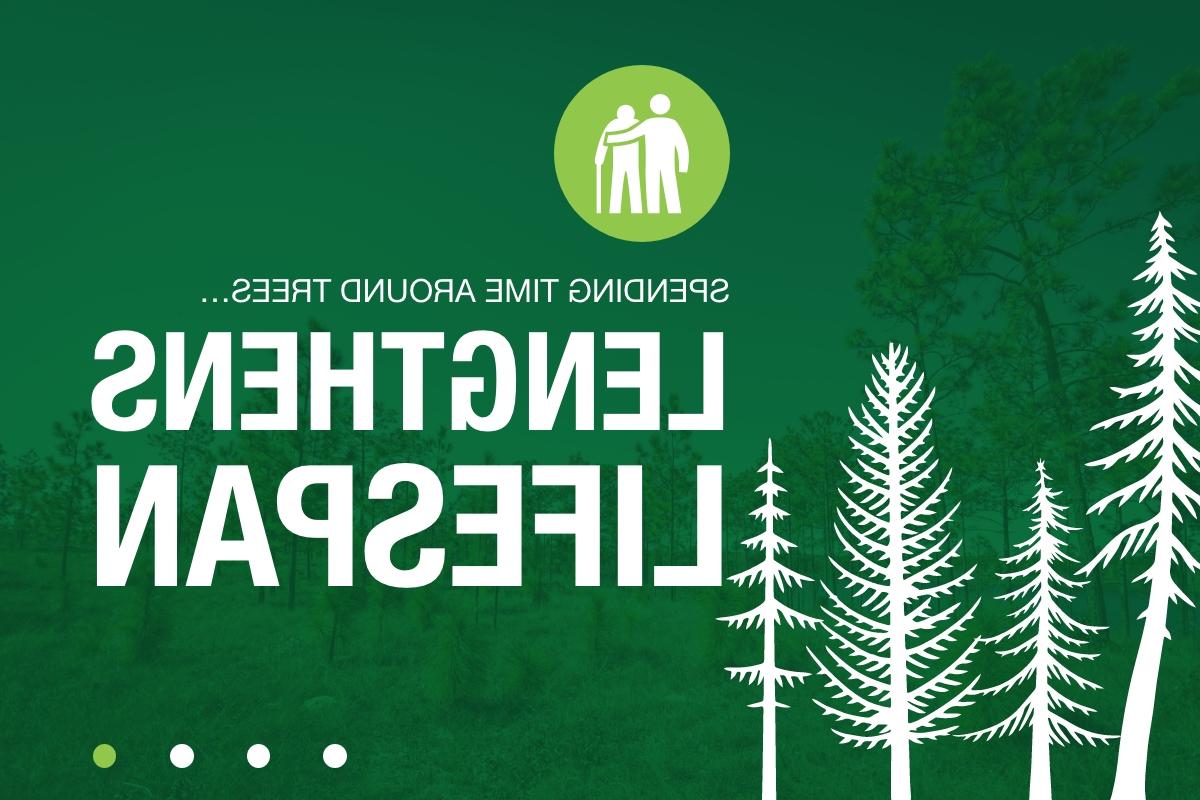“For so long, we've thought of green space as an amenity or a perk,” James said. “We're trying to reframe it as a fundamental driver of health outcomes, and an essential part of thriving as human beings.”
The Harvard professor is currently conducting research on green space and mental health using smartphones, GPS, and Google Street View mapping. Participants in these studies receive a survey on their phone at a random time in the day, which asks them to rate how they’re feeling. Those answers are marked with a geotag and timestamp, allowing James to see precisely how much green space they were around at the moment they answered.
“We can measure that from minute to minute, and we'll be able to follow these participants forward in time,” he said. “Who knows what other metrics we'll be able to gather down the road? This is just the beginning for these types of data.”
WE HAVE THE RESEARCH. NOW WHAT?
While trees are just one part of the mental health equation, maintaining and planting more of them is a critical part of the solution.
This investment is particularly important in our cities. More than half of the global population currently lives in urban areas, and that number is projected to grow to 68% by 2050. Urban residents are 20% more likely to experience depression and 21% more likely to have an anxiety disorder. And as climate change progresses, communities without trees are becoming dangerously hot — pushing us further indoors and away from these life-sustaining benefits.
People with a lower income, and people of color, bear the brunt of these effects. An analysis of thousands of communities nationwide showed that 92% of low-income areas are hotter and have less tree cover than their high-income counterparts. And in communities where 90% or more of residents live in poverty, there is 41% less tree canopy.
Trees can be medicine. Connection. A comforting sight in an uncertain world. And the science is clear — the world deserves their healing effects now more than ever.







